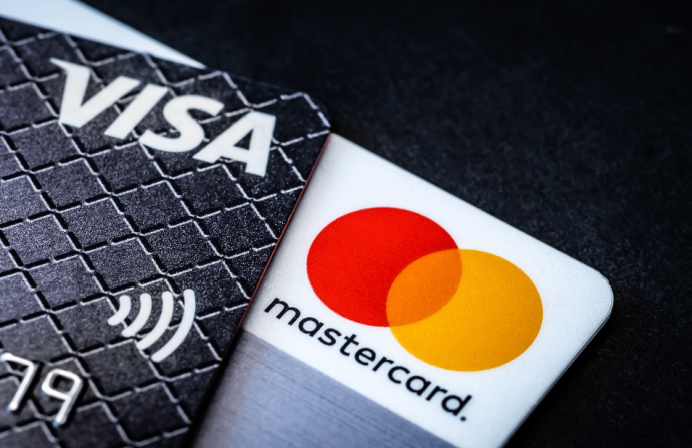
The Reserve Bank of Australia (RBA) will consult industry on its proposal to enable, by force of regulation, merchants to select the routing network of their choice for debit card payments, effectively prohibiting network operators, including Visa and Mastercard, from setting themselves as the default – often more expensive – network.
The RBA would, as part of its proposal, require that merchants be provided with at least a basic form of least-cost routing (LCR). This would enable them to nominate the routing network of their choice – a choice between the international Visa, Mastercard or American Express debit networks, or the typically less expensive domestic eftpos rails.
The consultation, the RBA wrote in its Issues paper, will seek to determine the “practical implications of preventing any one network from being given priority at issuance, with merchants instead choosing the routing network”.
The RBA said it was particularly interested in feedback from payments providers regarding technical challenges to be overcome if issuers can no longer set a default routing network on dual-network debit cards (DNDCs). It is also seeking estimates of the costs of complying with such a policy.
Regulatory intervention resulting in DNDCs being issued without any network having priority, the RBA noted, has been successfully undertaken in overseas jurisdictions, including in Europe and Malaysia.
While the Reserve stressed that implementation of LCR continues to be a key priority for Australia’s debit card payments system, and part of the Government’s Strategic Plan for Australia’s Payment System, it said additional regulatory options “could address the concerns raised by the default network setting on DNDCs and improve competition and efficiency in debit card payments”.
The RBA also expressed concern regarding the slow implementation of LCR and barriers to merchant take-up, noting that, despite five years of advocacy on the matter, LCR was still not available to all merchants, with only half of all these businesses having adopted it.
Despite also setting an expectation to make LCR functionality available for online transactions by the end of 2022, “only a handful of industry participants met this expectation”, the RBA said. LCR is also expected to be made available for mobile wallet transactions by the end of 2024.
As of 2021, around 90 per cent of debit cards issued in Australia have dual-network capability, enabling domestic payments to be processed via either the eftpos network or one of the international debit schemes (Debit Mastercard or Visa Debit).
Network choice once reigned. What happened?
The advent of contactless, ‘tap-and-go’, payments led to a massive rise in DNDC payments being processed through the international networks – which are typically set as the ‘first priority’ network. Prior to the widespread adoption and use of contactless payments technology, consumers, who were required to insert their card into an EFTPOS terminal, would have the option to select the network to process the transaction, typically selecting the lower-cost eftpos network (by pushing the CHQ or SAV button).
According to RBA data, payments made through the domestic debit card network, eftpos, cost merchants an average of 0.3 per cent of the transaction value – largely unchanged over the past decade. This compares with average merchant fees of 0.5 per cent for both Mastercard and Visa debit card transactions. These costs are frequently passed on by merchants to their customers.
The American Express and Diners Club networks remain the most expensive – despite a significant decline in their use over the past decade, the RBA said – with average merchant fees of around 1.3 per cent and 1.7 per cent of the transaction value, respectively.
According to RBA data, debit cards represented 58 per cent of the total value of card payments in 2021, up from 42 per cent a decade ago.
Tokenisation update
The RBA is also seeking industry views on standardising the ‘tokenisation’ of debit card payments – that is, the replacement of sensitive information, including the cardholder’s primary account number, with a unique ‘token’ that contains less critical payee data – when a payment is made by a consumer.
“Tokenisation of card details in the online environment plays an important role in improving security. However, merchants and payment service providers continue to retain sensitive card details, which undermines the security benefits of tokenisation,” the RBA wrote in its Issues paper.
“There are also some areas where standardisation may be necessary to ensure that the full benefits of tokenisation are realised without impeding competition”.
The RBA will consult on three areas of payments tokenisation:
- Token portability – to ensure that merchants are not impeded from switching between payment service providers once their customers’ cards have been tokenised.
- Token synchronisation – where issuers ensure that any issuer-related token life-cycle events related to a tokenised DNDC are updated to both schemes simultaneously, to reduce the potential for failed transactions.
- Token visibility – so issuers, and potentially their customers, can see which merchants have stored tokens for their cards.
Submissions for the consultation can be made until 12 July 2023.





